Home>Garden Essentials>What Temperature Does The Soil Have To Be For Crabgrass Germinate
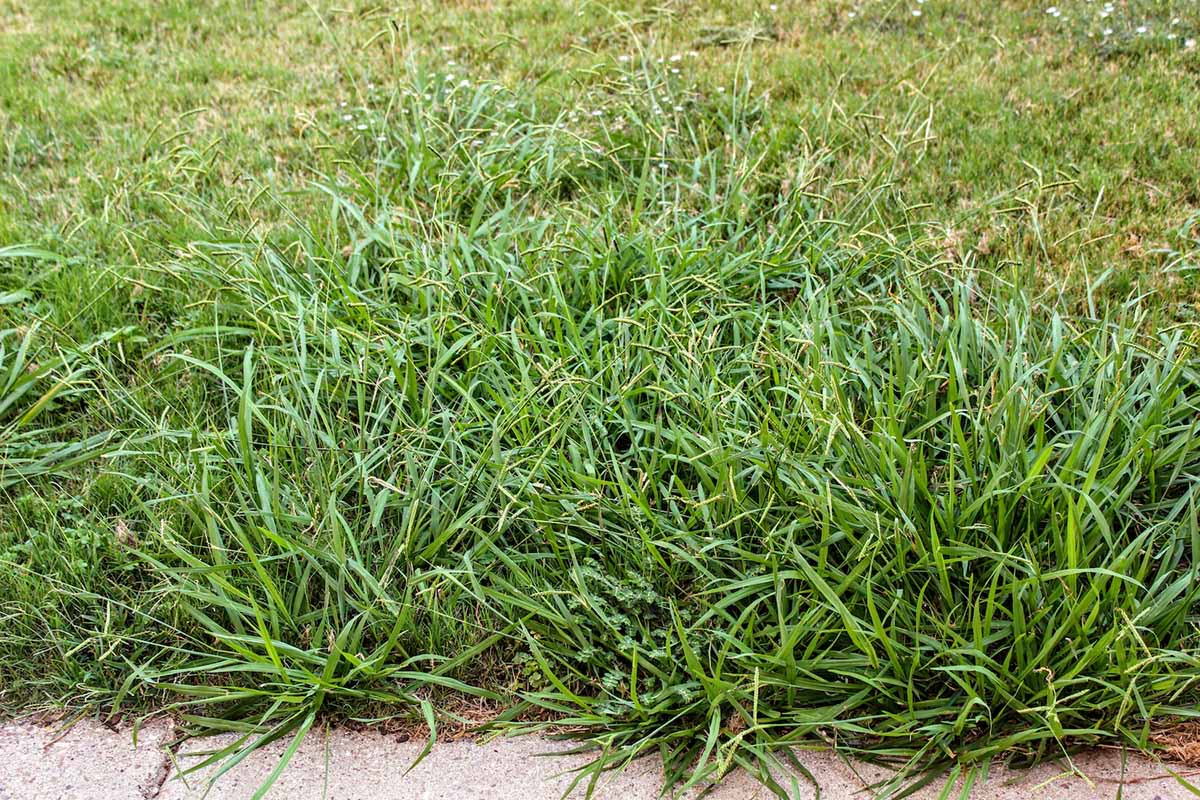

Garden Essentials
What Temperature Does The Soil Have To Be For Crabgrass Germinate
Modified: March 16, 2024
Learn the ideal garden soil temperature for crabgrass germination. Discover the optimal conditions necessary to prevent the growth of this pesky weed in your garden.
(Many of the links in this article redirect to a specific reviewed product. Your purchase of these products through affiliate links helps to generate commission for Storables.com, at no extra cost. Learn more)
Introduction
Welcome to the world of gardening! Whether you’re a seasoned gardener or just starting out, understanding the conditions that impact plant growth is essential. One common issue that many gardeners face is the growth and spread of crabgrass. To effectively manage crabgrass, it’s crucial to have a solid understanding of its germination process and the factors that influence it.
Crabgrass, scientifically known as Digitaria, is a warm-season annual grass commonly found in lawns, gardens, and open areas across the world. It spreads rapidly and can quickly take over your carefully nurtured plants if left untreated. To effectively combat crabgrass, the first step is to understand how and when it germinates.
Crabgrass germination is influenced by various factors, including temperature, moisture, and light. In this article, we will focus on the role of temperature in crabgrass germination and how you can use this knowledge to control its growth in your garden.
Before we delve deeper into the impact of temperature on crabgrass germination, it’s important to note that different grass species have different temperature requirements for optimal growth. However, our main focus will be on the common crabgrass (Digitaria spp.) that infests lawns and gardens across the United States.
With that said, let’s explore how temperature affects crabgrass germination in more detail and discover the optimal soil temperature for its successful growth.
Key Takeaways:
- Crabgrass thrives in warm soil, germinating at temperatures between 50-60°F. Managing soil temperature through watering, mulching, and herbicides can discourage its growth and protect desired plants.
- Different regions experience varying crabgrass germination periods due to temperature fluctuations. Understanding regional temperatures and implementing timely interventions is crucial for effective crabgrass management.
Read more: What Temperature Does Crabgrass Germinate
Understanding Crabgrass Germination
Crabgrass germination is the process by which the seeds of the crabgrass plant begin to sprout and develop roots, eventually leading to the growth of new plants. Unlike perennial grasses that establish from existing roots, crabgrass relies on seeds for propagation.
Crabgrass seeds can remain dormant in the soil for extended periods until the right conditions trigger their germination. These conditions typically include the correct levels of temperature, moisture, and light. It’s important to understand that crabgrass is a warm-season grass, meaning it thrives in hot weather conditions.
When the soil temperature reaches an optimal range, the dormant crabgrass seeds begin to absorb moisture and activate metabolic processes. This triggers cellular division, leading to the emergence of root systems and the growth of new plants above the soil surface.
Once crabgrass plants have established themselves, they can rapidly spread and compete with desirable turf grass and plants in the vicinity. This invasive nature makes crabgrass a significant nuisance for many gardeners.
Now that we have a basic understanding of crabgrass germination, let us explore the factors that influence its growth and, in particular, the impact of temperature.
Factors Affecting Crabgrass Germination
Crabgrass germination is influenced by various factors, each playing a crucial role in its growth and spread. Understanding these factors can help you develop effective strategies to control and prevent crabgrass infestation in your garden. Here are the key factors that affect crabgrass germination:
- Temperature: Temperature plays a significant role in determining when crabgrass seeds will germinate. As a warm-season grass, crabgrass requires soil temperatures between 50 and 60 degrees Fahrenheit (10-15 degrees Celsius) for germination to begin. This usually occurs in late spring or early summer when temperatures are consistently warm.
- Moisture: Adequate moisture is crucial for crabgrass seed germination. When the soil is dry, crabgrass seeds remain dormant. However, once the soil is consistently moist, it triggers the seeds to absorb water, leading to their activation and germination. Inadequate or irregular watering can hinder or delay crabgrass germination.
- Light: Crabgrass seeds require exposure to light for germination. They typically germinate in open, sunny areas where there is ample sunlight penetration. Shaded areas with limited light tend to have lower germination rates for crabgrass seeds.
- Soil Conditions: The condition of the soil can impact crabgrass germination. Loose, well-drained soils provide an ideal environment for seeds to germinate and establish roots. Compacted or poorly drained soils may impede germination and hinder the growth of crabgrass plants.
- Seed Depth: The depth at which crabgrass seeds are sown can influence germination. Crabgrass seeds have a shallow dormancy, meaning they require light for germination. If seeds are buried too deep, they may not receive enough light to trigger the germination process.
- Competition: Competition from existing vegetation can affect crabgrass germination. Thick, healthy turf or dense plantings can help suppress crabgrass germination by shading the soil, limiting sunlight availability, and reducing the space for crabgrass plants to establish themselves.
By considering these factors, you can adjust your garden management practices to create an environment that discourages crabgrass germination and promotes the growth of desirable plants.
Impact of Temperature on Crabgrass Germination
Temperature plays a critical role in the germination process of crabgrass seeds. It influences the timing and success of seed activation, root development, and the subsequent growth of crabgrass plants. Understanding the impact of temperature on crabgrass germination is essential for effective management of this invasive weed. Here’s how temperature affects crabgrass germination:
Temperature Range: Crabgrass is a warm-season grass, which means it thrives in hot weather conditions. The optimal soil temperature for crabgrass germination typically ranges from 50 to 60 degrees Fahrenheit (10-15 degrees Celsius). If the soil temperature falls below this range, germination is delayed or inhibited.
Germination Speed: Higher temperatures accelerate the germination process of crabgrass seeds. When soil temperatures are within the optimal range, seeds absorb moisture and undergo metabolic processes more quickly. This leads to faster cellular division, root development, and emergence of new crabgrass plants.
Early Germination: In regions with warmer climates, crabgrass can germinate earlier in the growing season. As the soil temperature rises in late spring or early summer, the dormant crabgrass seeds become active, leading to the early germination of new plants. This gives crabgrass a competitive advantage over desired turf grasses that may still be transitioning from winter dormancy.
Extended Germination Period: In areas with a wider temperature range, crabgrass germination can extend over a longer period. As soil temperatures fluctuate throughout the warm season, different batches of crabgrass seeds may enter their optimal germination range at various times. This results in staggered germination, leading to continuous crabgrass growth and increased difficulty in controlling its spread.
Temperature Tolerance: Crabgrass is known for its ability to tolerate high temperatures. It can thrive in summer heat when many other grass species struggle or go dormant. While extreme heat may inhibit the growth of some plants, crabgrass can continue to germinate and spread due to its tolerance for elevated temperatures.
Understanding the impact of temperature on crabgrass germination allows you to implement effective management strategies to control its growth. By manipulating soil temperature and considering the optimal germination range, you can discourage crabgrass germination and minimize its impact on desired vegetation in your garden.
Crabgrass typically germinates when soil temperatures reach around 55 to 60 degrees Fahrenheit. Monitoring soil temperature can help determine the best time to apply pre-emergent herbicides to prevent crabgrass growth.
Optimal Soil Temperature for Crabgrass Germination
The optimal soil temperature range for crabgrass germination is between 50 and 60 degrees Fahrenheit (10-15 degrees Celsius). Within this range, crabgrass seeds are triggered to absorb moisture and begin the germination process. It’s important to note that this temperature range is specific to crabgrass, as different grass species have varying temperature requirements for germination.
When the soil temperature reaches the lower end of the optimal range, around 50 degrees Fahrenheit (10 degrees Celsius), crabgrass seeds become active and start taking in water. As the temperature rises within the range, the metabolic processes within the seed accelerate, leading to rapid cellular division and the development of root systems.
It is important to time your lawn management practices and interventions based on the optimal soil temperature for crabgrass germination. For instance, if you plan to apply pre-emergent herbicides to control crabgrass, it is best to do so before the soil temperature reaches the germination range. This helps prevent the activation and growth of crabgrass seeds, reducing the need for additional interventions later on.
On the other hand, if you miss the ideal timing and crabgrass has already germinated, post-emergent herbicides might be necessary. Understanding the optimal soil temperature range for crabgrass germination guides your decision-making process and allows for more effective intervention measures.
Keep in mind that soil temperature can vary depending on geography and climate. Areas with warmer climates might experience earlier and more prolonged periods within the optimal temperature range, leading to higher germination rates and increased crabgrass growth. Conversely, regions with cooler climates might see shorter windows of opportunity for crabgrass germination.
Monitoring soil temperature is crucial for timing your lawn care practices and managing crabgrass growth effectively. You can use soil thermometers or consult local gardening resources to determine the approximate soil temperature in your area. By aligning your actions with the optimal soil temperature range, you can stay one step ahead of crabgrass and maintain a healthy, vibrant lawn.
Germination Temperatures in Different Regions
Crabgrass germination varies based on different regions, as temperatures can fluctuate significantly across geographical areas. Understanding the germination temperatures specific to your region is crucial for effective crabgrass management. Here’s a general overview of germination temperatures in different regions:
1. Warm Climate Regions: In regions with consistently warm climates, such as the southern United States or tropical regions, crabgrass can germinate earlier in the year. Soil temperatures often rise to the optimal range early in the spring, triggering rapid germination and growth. Gardeners in these regions need to be proactive in implementing preventative measures to control crabgrass before it takes hold.
2. Moderate Climate Regions: In regions with moderate climates, such as the midwestern or northeastern United States, crabgrass germination typically occurs during late spring and early summer. As the soil temperatures reach the optimal range, crabgrass seeds become active, leading to germination and plant growth. It is important to monitor soil temperatures and time your interventions accordingly to manage crabgrass effectively in these regions.
3. Cool Climate Regions: In cool climate regions, such as northern areas or high-altitude regions, crabgrass germination is generally delayed compared to warmer areas. The soil temperature may take longer to reach the optimal range, and the growing season for crabgrass might be shorter. However, it’s still essential to stay vigilant and take appropriate actions to prevent and control crabgrass growth once the soil temperatures rise within the optimal range.
4. Transition Zones: Transition zones, such as areas with varying climates like the central United States, can present unique challenges. In these regions, there may be significant temperature fluctuations throughout the year, leading to fluctuating crabgrass germination periods. It is crucial to closely monitor soil temperatures and adjust your lawn care practices accordingly to effectively manage crabgrass.
Keep in mind that these regional temperature patterns serve as general guidelines, and local variations may occur. Factors like microclimates, soil composition, and seasonal weather patterns can influence crabgrass germination in specific areas. Consulting with local gardening experts or resources can provide more accurate information tailored to your specific region.
By understanding the germination temperatures in your region, you can better time your preventative and control measures to stay one step ahead of crabgrass and maintain a healthy and weed-free lawn.
Managing Soil Temperature to Control Crabgrass Growth
Controlling soil temperature is an effective strategy for managing crabgrass growth in your garden. By manipulating soil temperature, you can create conditions that discourage crabgrass germination and promote the growth of desired vegetation. Here are some techniques to manage soil temperature:
1. Watering Practices: Proper watering is crucial for maintaining optimal soil temperature. Water the garden early in the morning to allow the soil to absorb moisture before the heat of the day. Deep, infrequent watering encourages healthy root growth and helps maintain cooler soil temperatures. Avoid overwatering, as excessive moisture can promote the germination and growth of crabgrass.
2. Mulching: Apply a layer of organic mulch, such as straw or wood chips, around your plants. Mulch helps insulate the soil, keeping it cooler during hot weather and reducing temperature fluctuations. It also helps retain soil moisture, providing a more consistent environment for desirable plants while discouraging crabgrass germination.
3. Shade and Sunlight Management: Utilize natural or artificial shade structures to reduce direct sunlight exposure to the soil. Shading can help lower soil temperatures, making it less favorable for crabgrass germination. Additionally, strategically position taller plants or structures to cast shadows over areas prone to crabgrass growth.
4. Soil Covering: Consider using a geotextile fabric or plastic sheeting to cover soil areas where crabgrass is a recurring problem. Covering the soil prevents sunlight from reaching the crabgrass seeds, inhibiting their germination. Ensure adequate ventilation and check moisture levels regularly to prevent fungal growth or excessive moisture retention beneath the covering.
5. Pre-Emergent Herbicides: Pre-emergent herbicides are a valuable tool for preventing crabgrass germination. These herbicides form a barrier in the soil, inhibiting the growth of crabgrass seeds. Apply pre-emergent herbicides according to the recommended timing based on soil temperature and consult the manufacturer’s instructions for proper usage and safety precautions.
6. Regular Maintenance: Maintain a dense and healthy lawn by adhering to proper mowing, fertilization, and aeration practices. A well-maintained lawn reduces bare patches and minimizes opportunities for crabgrass to establish and compete. Regularly remove any existing crabgrass plants before they have a chance to produce mature seeds and contribute to future germination cycles.
By implementing these strategies, you can effectively manage soil temperature to control crabgrass growth. Remember that a combination of approaches, tailored to your specific region and garden conditions, will yield the best results. Regular monitoring, timely interventions, and maintaining healthy growth practices will help keep crabgrass at bay and promote the flourishing of your desired plants.
Conclusion
Managing crabgrass growth and preventing its invasion in your garden requires a comprehensive understanding of the factors that influence its germination, with soil temperature being a key element. By gaining knowledge about the optimal soil temperature range for crabgrass germination and employing effective strategies to control soil temperature, you can reduce the growth and spread of this pesky weed.
Temperature plays a significant role in the germination process of crabgrass seeds. The optimal soil temperature range for germination falls between 50 and 60 degrees Fahrenheit (10-15 degrees Celsius). Within this range, the seeds become active, absorb moisture, and initiate rapid root development.
By timing your garden management practices, such as watering, mulching, shading, and herbicide application, based on the optimal soil temperature range, you can discourage crabgrass germination and create a more favorable environment for desirable plants to thrive.
It’s important to note that regional variations in temperature patterns can influence the timing and intensity of crabgrass germination. Understanding the germination temperatures specific to your region is crucial for implementing timely preventive measures and maintaining a healthy lawn.
Regular monitoring of soil temperature, along with proper watering, mulching, shade management, and the use of pre-emergent herbicides, can help control crabgrass growth effectively. Additionally, maintaining a well-managed lawn through proper mowing, fertilization, aeration practices, and regular removal of any existing crabgrass plants helps prevent future spread and minimize competition.
Remember, managing Crabgrass requires a proactive approach and consistent efforts. By staying vigilant and employing the right strategies, you can keep your garden free from the invasive grasp of crabgrass and enjoy a lush, vibrant landscape.
Frequently Asked Questions about What Temperature Does The Soil Have To Be For Crabgrass Germinate
Was this page helpful?
At Storables.com, we guarantee accurate and reliable information. Our content, validated by Expert Board Contributors, is crafted following stringent Editorial Policies. We're committed to providing you with well-researched, expert-backed insights for all your informational needs.
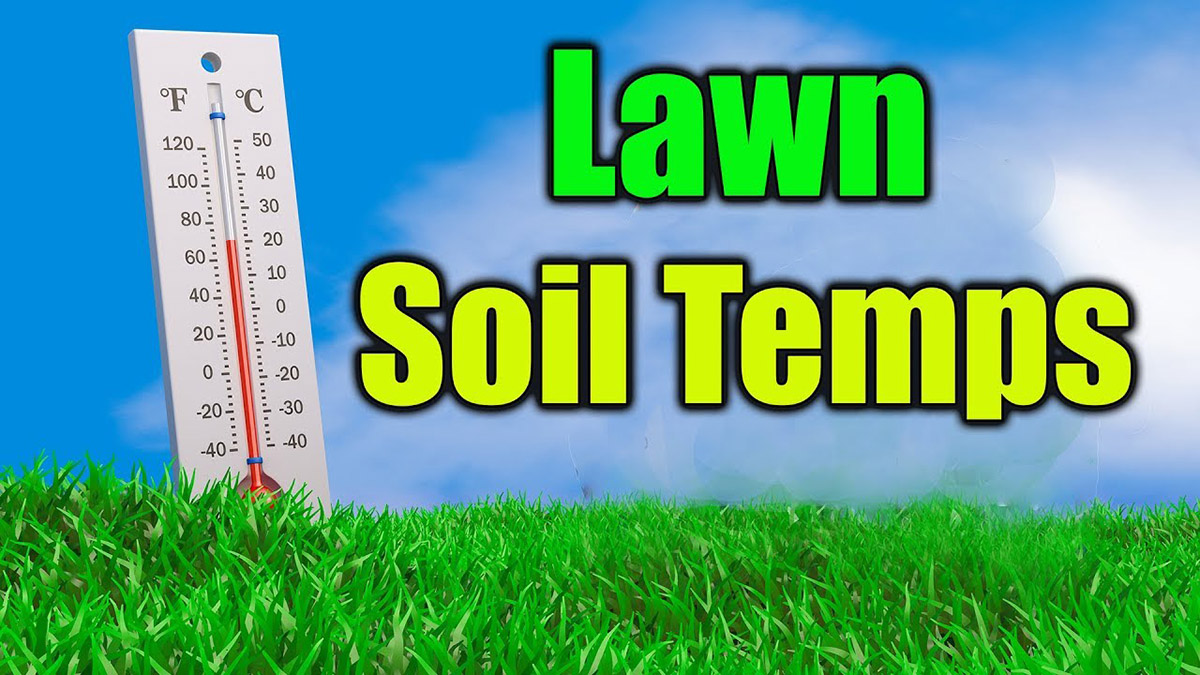
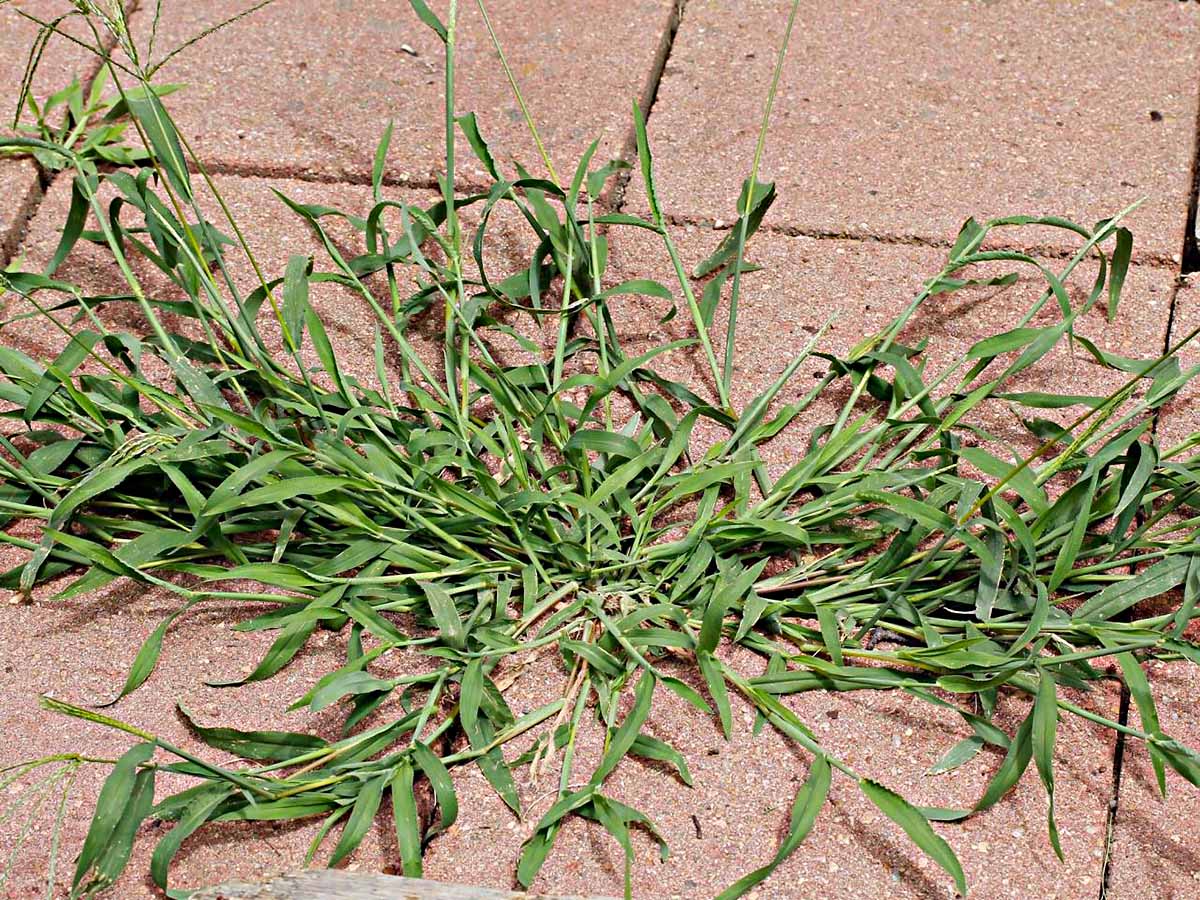
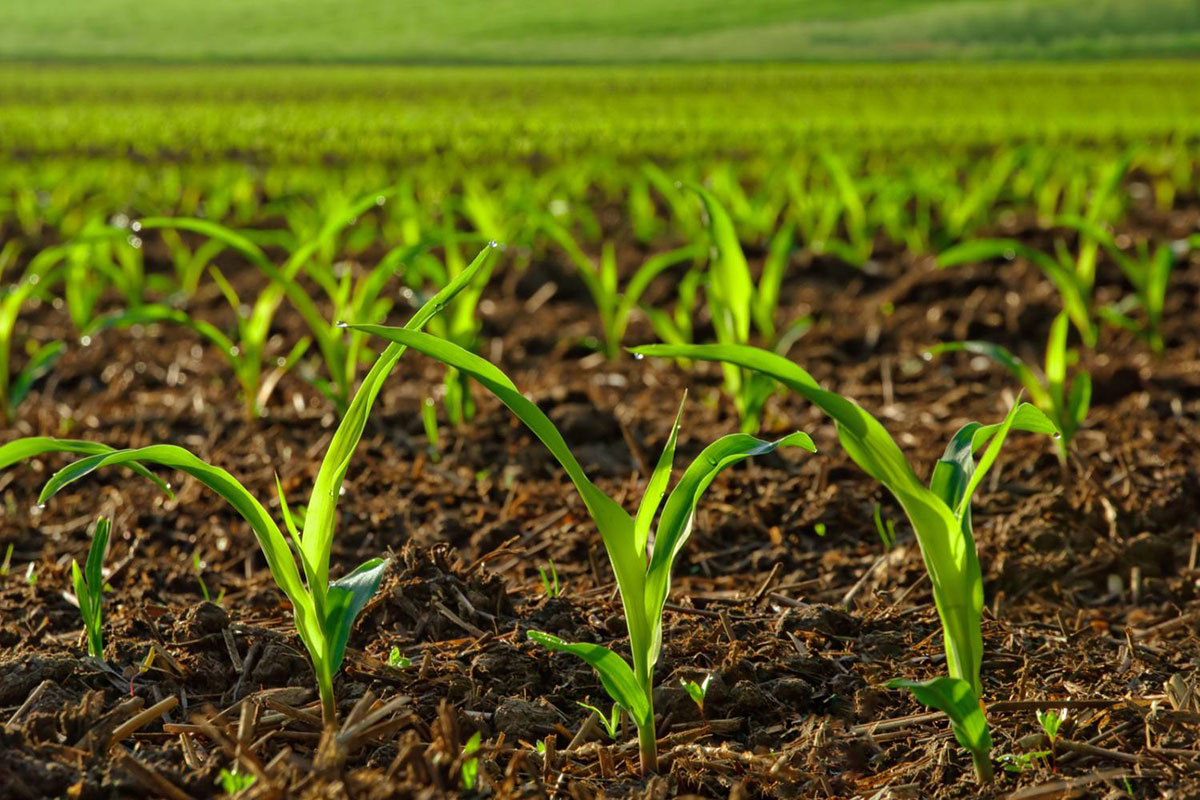

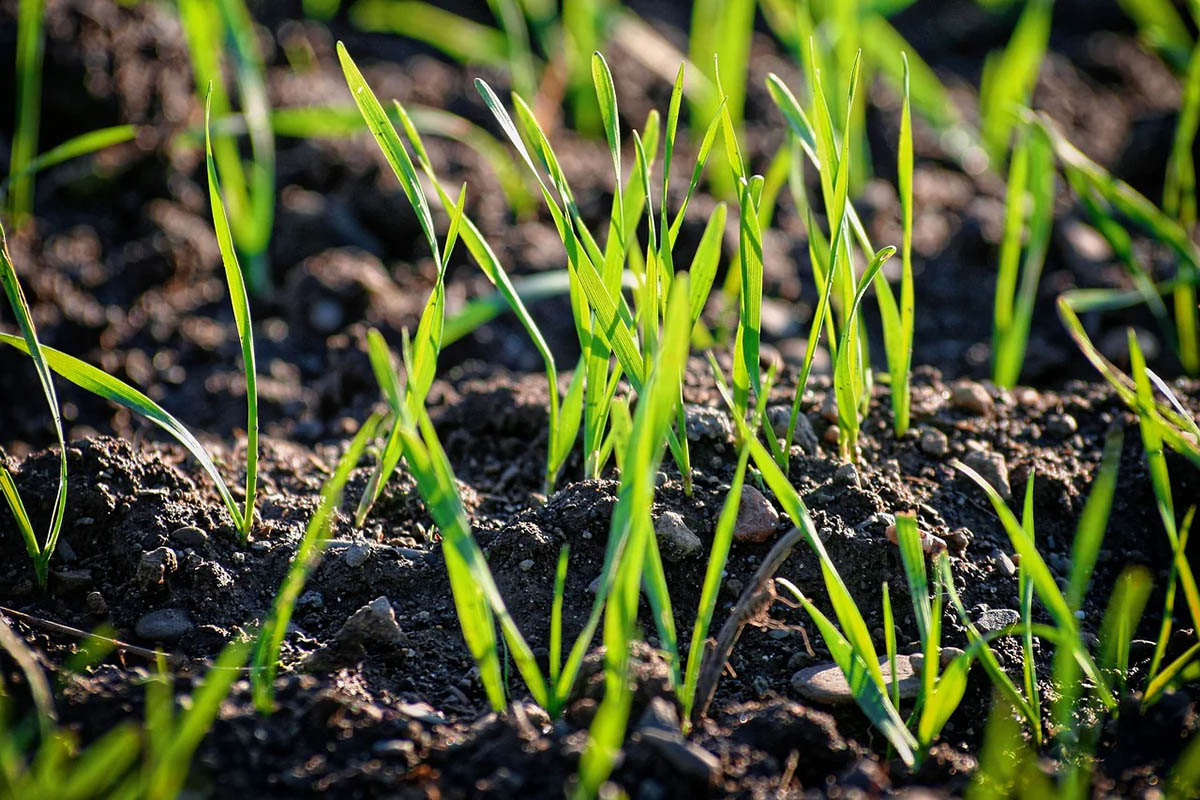
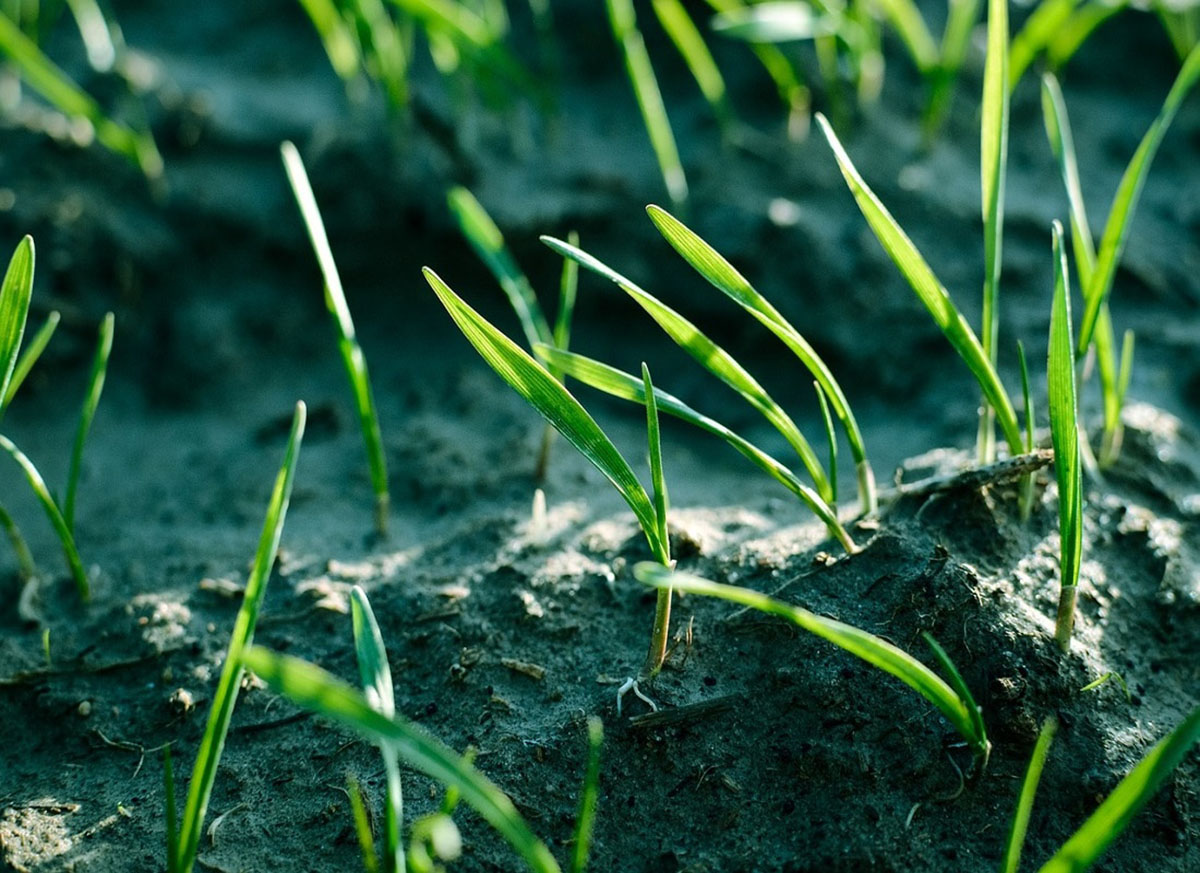
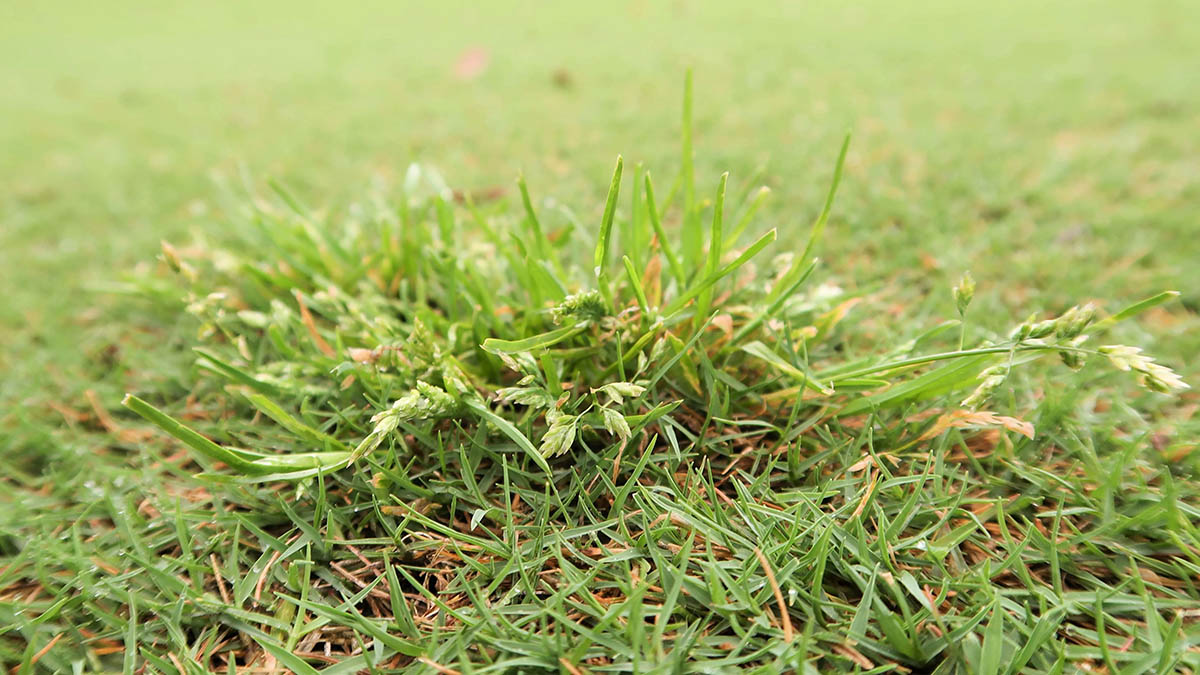
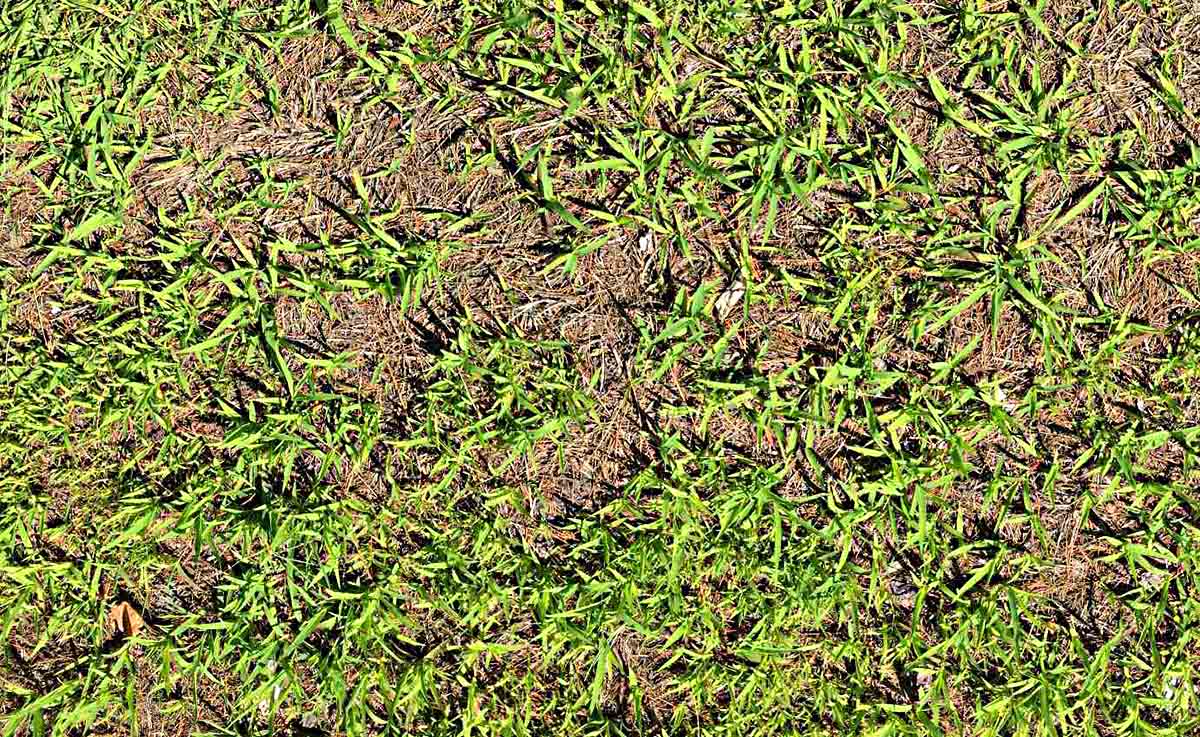
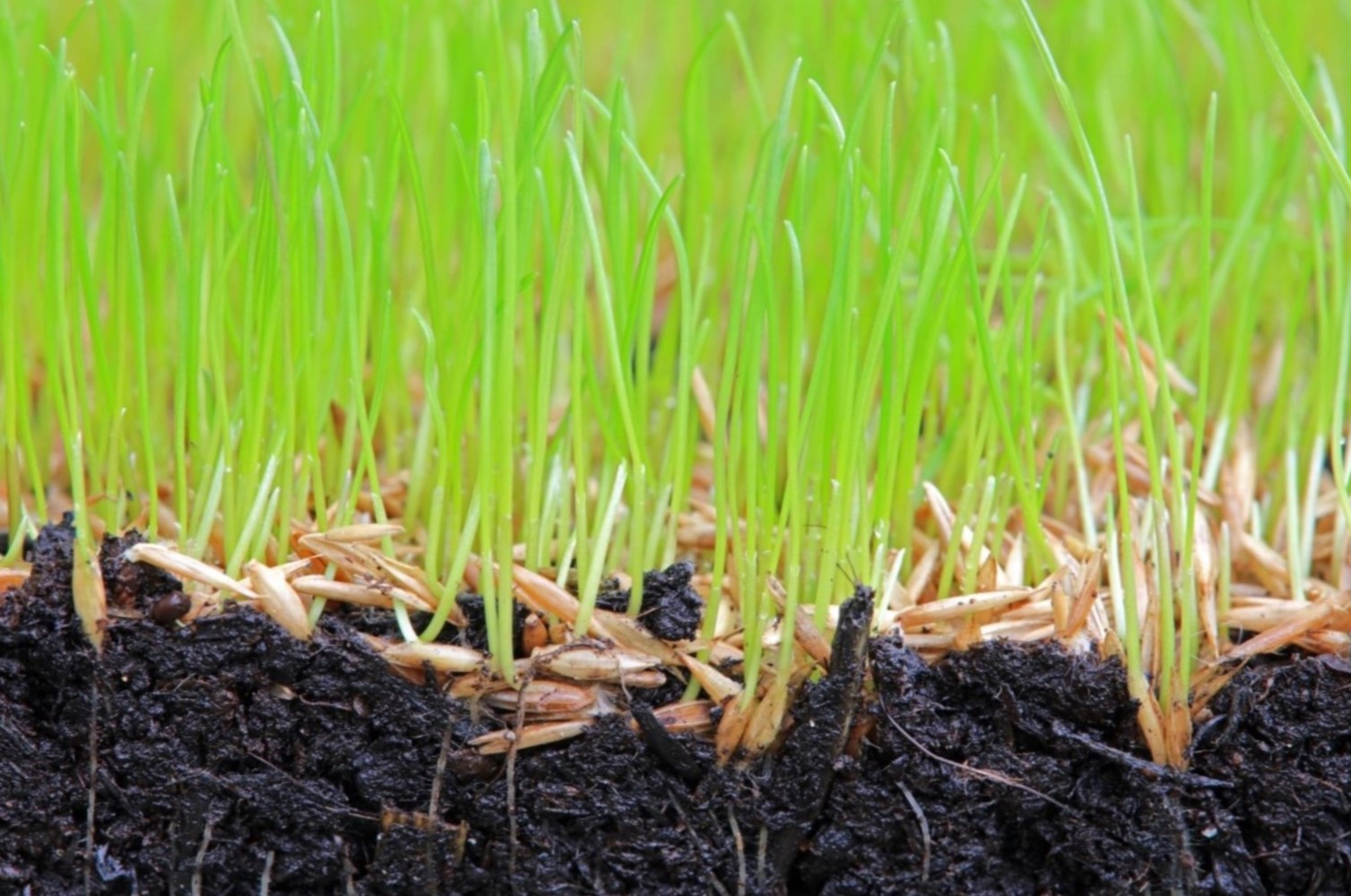
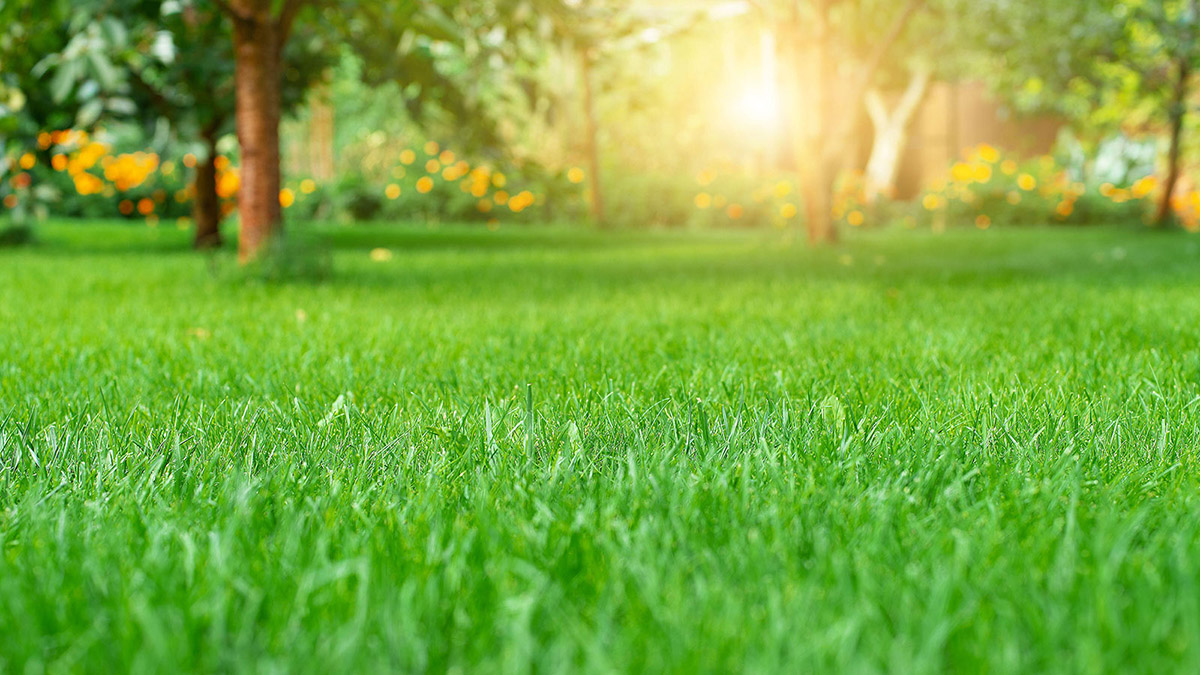
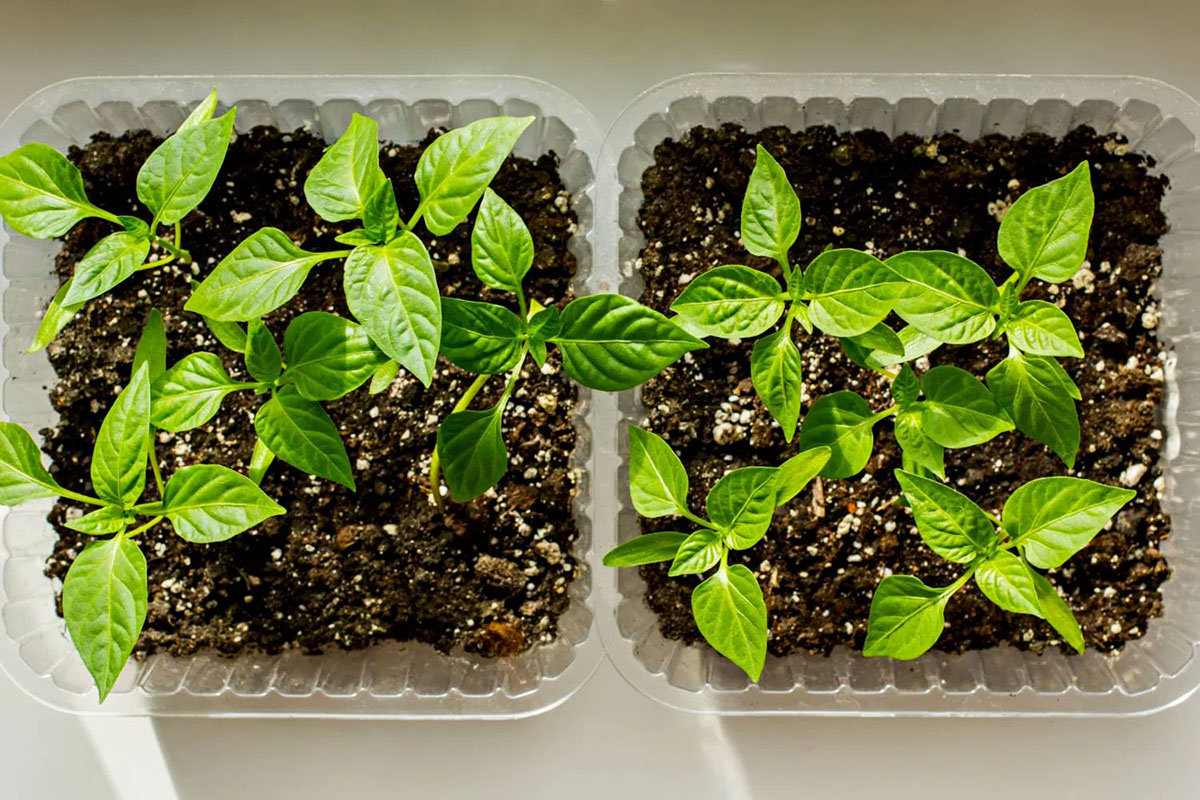
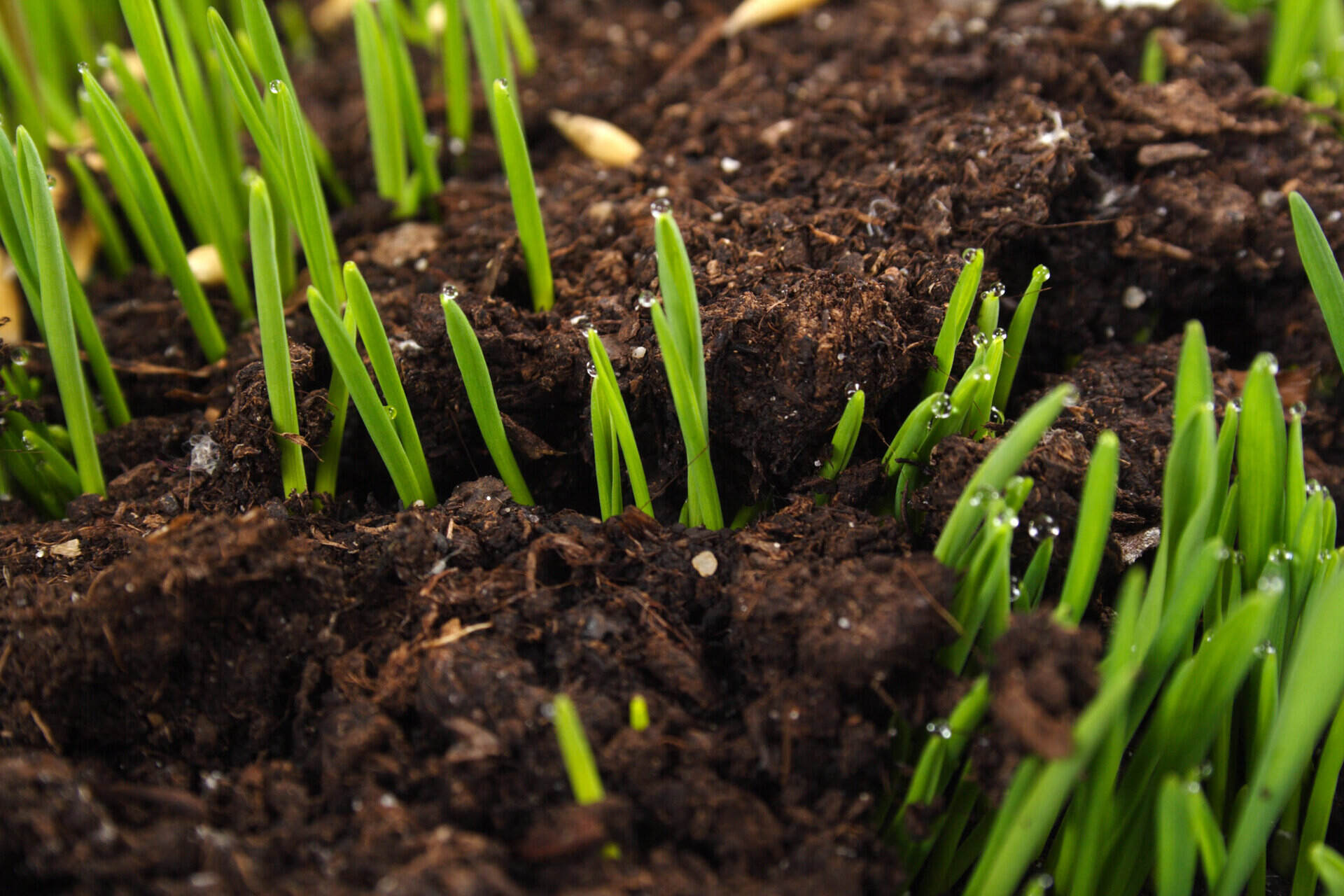
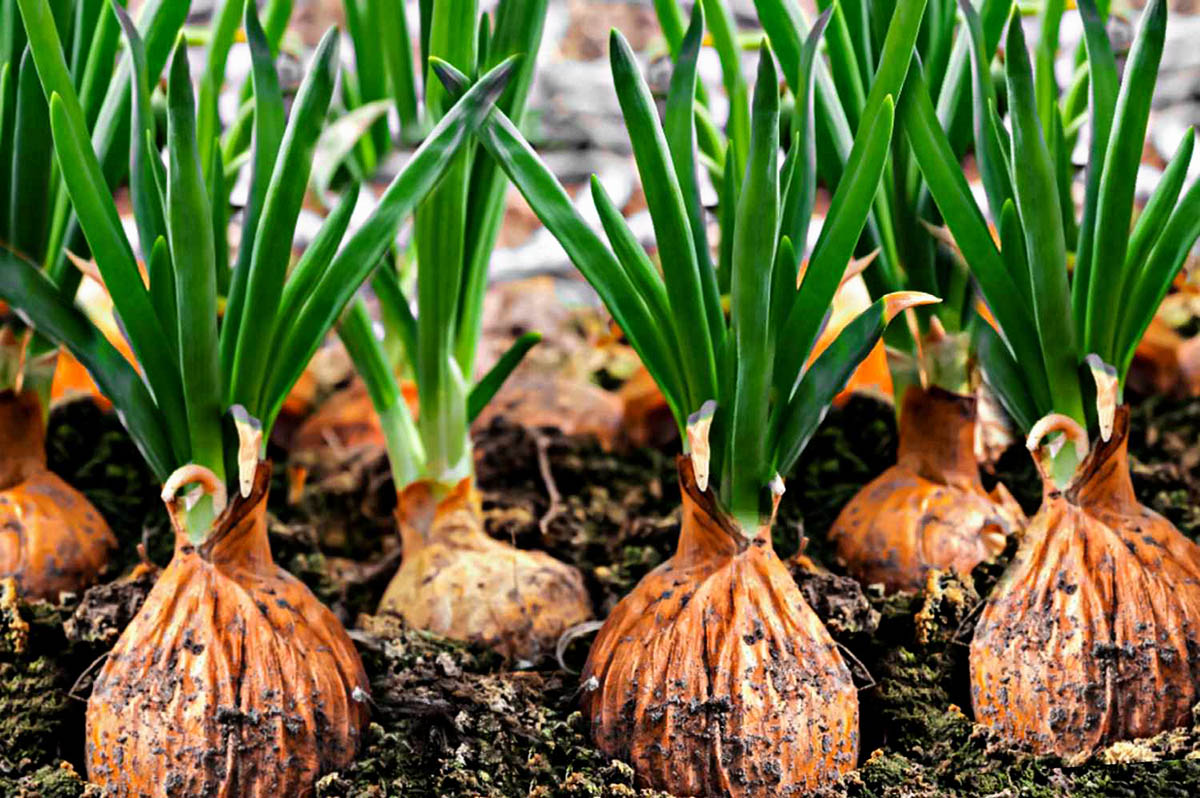
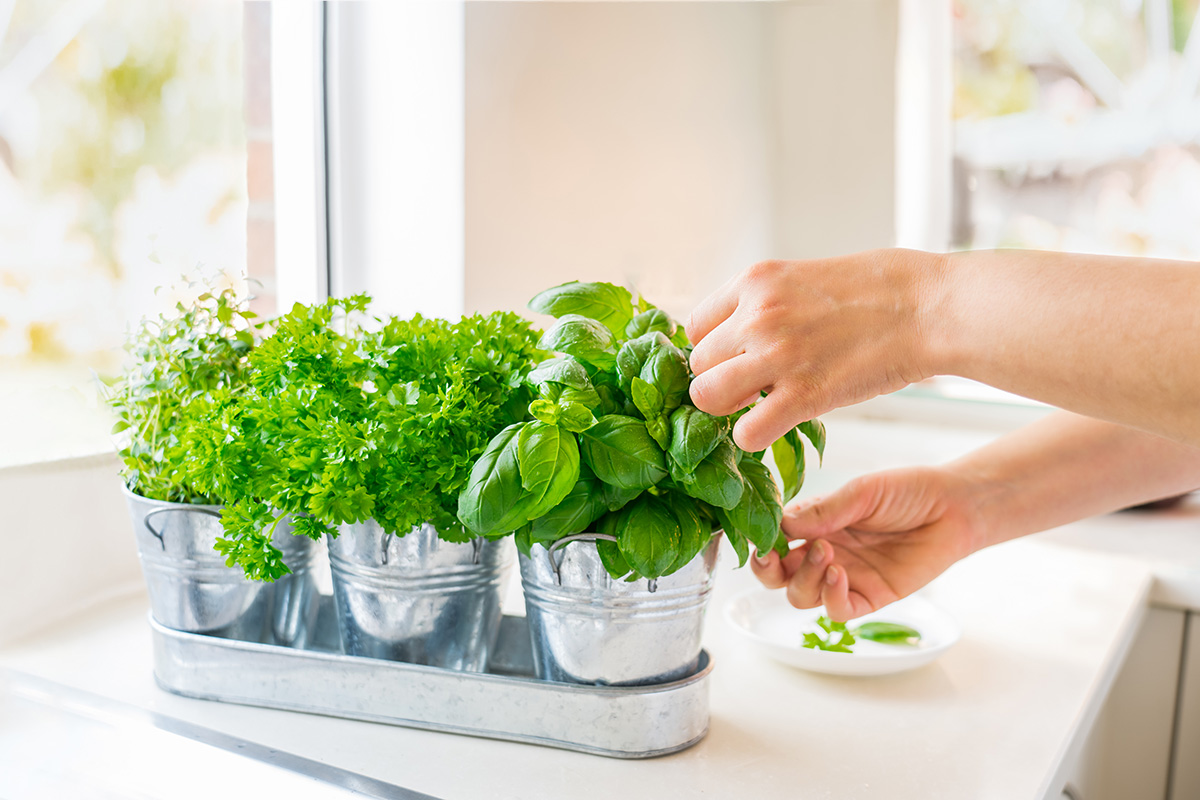

0 thoughts on “What Temperature Does The Soil Have To Be For Crabgrass Germinate”